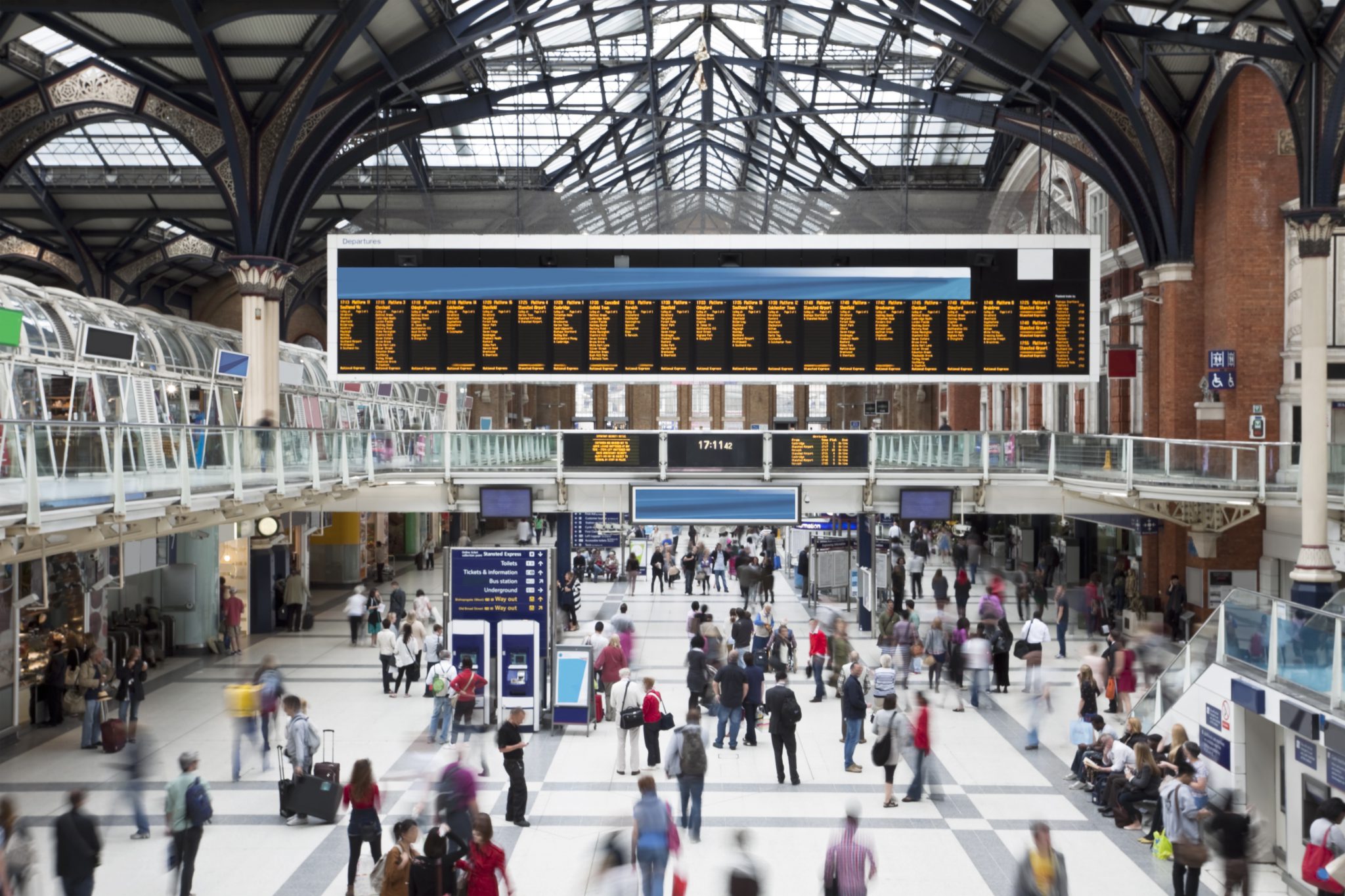
Talk to James Berry about Transport Infrastructure: The Physical Internet of Human Civilization

Since the time humans first appeared on earth, they’ve shown a desire to travel and to connect. The first instinct took them across the planet; the second spurred them to organize themselves into communities. The city emerged as a centre of commerce and culture that served as a hub for the surrounding region, most often through navigable waterways. An urban centre’s influence could be measured by the strength of its transportation network: the canals, ports, trade routes, highways, rail lines, subways, bike paths, and airports that connected it to the outside world. Such infrastructure was critical to the city’s role as a trading hub, facilitating the flow of goods and people in and out. It was also critical for the mobility of residents, fostering the development of ferries, trams, and other forms of mass transit. In effect, transportation infrastructure has been the physical internet of human civilization.
The world’s great cities learned to leverage their transportation advantages. Venice became a maritime power after connecting its 118 small islands through canals and bridges. New York used its natural harbour to welcome steamships and immigrants to its ports, greeted by the Statue of Liberty. Cairo drew its strength from the Nile. Cities from Aleppo to Xi’an became not just centres of trade but also of culture and learning as they connected travellers along the Silk Road. By investing to become a sea-air multimodal transport hub, Dubai transformed into a leading shopping destination.
As technology evolves, so must the city. From the harnessing of the horse to the development of driverless cars, nations with the strongest transport technology have flourished. Over time, dirt roads became freeways; the stench of horse manure gave way to the smell of fossil fuel. Abandoned rail lines and piers convert to bike paths and fitness hubs. London morphed from a Roman river settlement to a medieval town to an industrial powerhouse redefined by rail infrastructure. Its most vibrant centres have become icons: Canary Wharf, Paddington Station, King’s Cross, and London Bridge.
Surrounding areas were transformed, too: Henley on Thames evolved from a rural staging post between Oxford and London, complete with pubs and hotels, to a market town reliant on its Thames port, and then a commuter town once the railway arrived. Convenience came at a cost to swathes of the city ripped up to create railway tracks or cut off from commercial hubs on the other side.
With widespread air travel and virtual connectivity, the city’s regional network is becoming less critical than its global one. For the first time in human existence, more people live in cities than in rural areas. They are less concerned with suburbs that offer easy access to the city than creative hubs that offer easy access to the world. Cities are more connected to each other than to their neighbours in smaller cities and towns. At any given moment of the day, more than 500,000 people are in the air, flying from one centre to another.
Transport hubs have become an extension and microcosm of their urban surroundings–a mixed-use blur of urban design, hospitality, retail and workplace that reflects and informs the brand identity of the city. The most popular destinations across the world are those that offer an authentic experience, starting with the gateway itself. Airports and train stations are morphing from bland processing centres with little concern for user experience to distinctive environments that use form, light, material, product design, retail presence and customer experience to evoke a sense of place.
The challenge and opportunity now is to choreograph a seamless experience. Most transport hubs provide an interchange from one mode of transport to another: car to plane, bus to train, plane to plane, plane to vehicle. What if the interchange was seamless, with no waiting, processing or queuing? Soon, automated cars or other flexible multi-use vehicles could drive straight onto the railway track or up to the aircraft door.
In an automated and hyper-connected world, understanding the relationship between human behaviour and the built environment becomes critical. Through its SUPERSPACE process, Wood Bagot’s team analyses such data sets as passenger, aircraft, and train movements to predict and optimize the design, commercial potential, and user experience around each hub. The goal: to help make transport hubs among the most sought after districts in a city.
The potential is already being realized as cities build on the economic value of their transport nodes. New York’s Hudson Yards neighbourhood is built over 30 active train tracks. Singapore’s attraction-rich Changi airport and easy access into the centre has become integral to its attractiveness as a global business centre. Other numerous airports are adopting similar priorities. Leveraging technologies such as biometrics and passenger tracking are key to removing friction from the travel experience without sacrificing security. As the city becomes attuned to its role in enhancing the quality of life of its inhabitants, the transportation journey becomes as important as the destination.


Talk to James Berry about Transport Infrastructure: The Physical Internet of Human Civilization